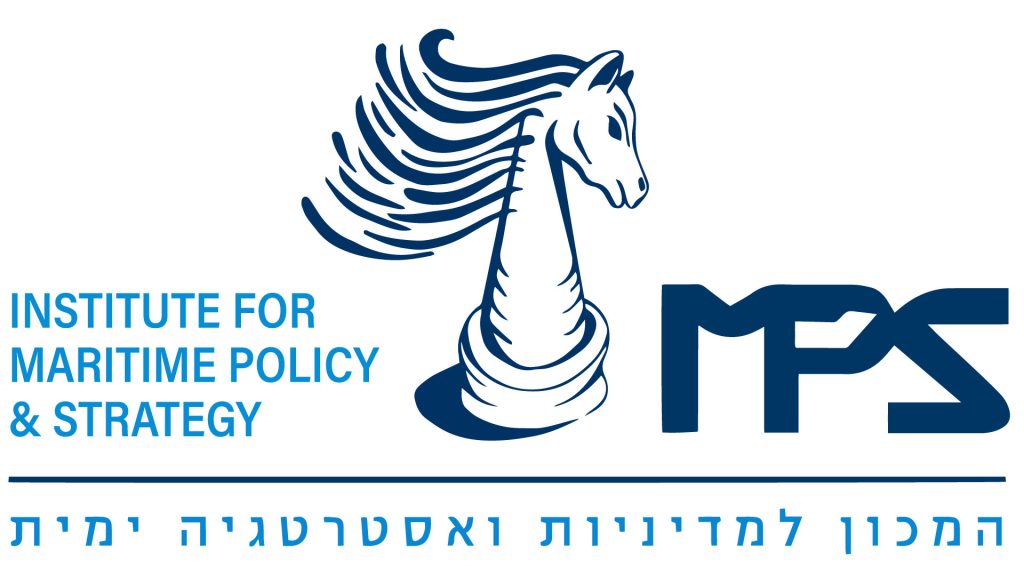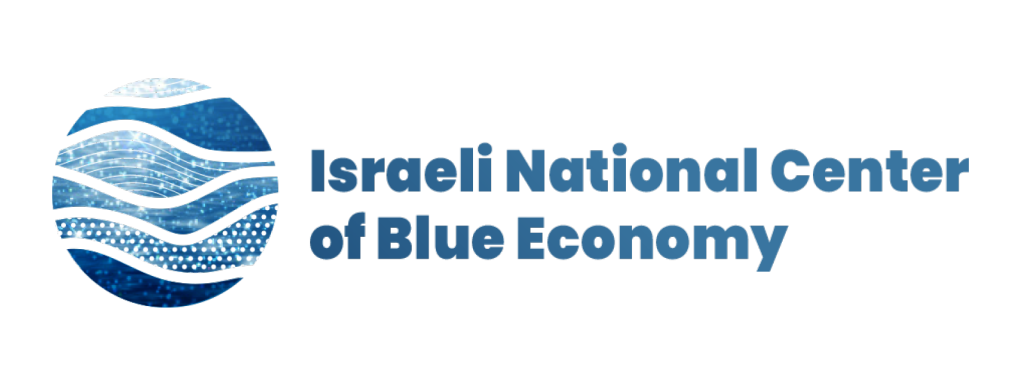US Policy in the Eastern Mediterranean
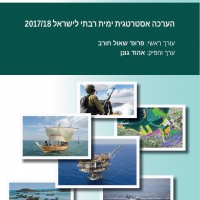
At the time of the previous Israeli Maritime Strategic Evaluation (end of 2016),1 it was already known that a new US administration would be taking over at the beginning of 2017 and it was thought that this would perhaps herald a change in US foreign policy, including its policy in the Eastern Mediterranean….
China’s Maritime Silk Road Initiative

In 2013, the government of China announced an ambitious project called “One Belt One Road” (OBOR), whose name was changed in 2017 to the “Belt and Road Initiative” (BRI). The initiative includes a large number of massive infrastructure and transportation projects along two routes between Europe and China. The land route (One Road) traverses the countries of Central Asia and is based on the historic Silk Road which includes six logistic corridors. The maritime route (the maritime belt – the maritime Silk Road) runs through China, Southeast Asia, Indian Ocean ports, East Africa, the Red Sea and the Mediterranean. At this point, the BRI framework includes about 200 joint projects (along both the land route and the sea route) and the initiative is intended to include about 64 countries….
Developments in the Construction of Artificial Islands and Floating Platforms during the Past Year
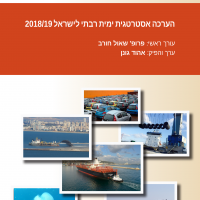
The goal of this chapter is to briefly describe the recent developments in artificial islands in Israel and the innovations in floating platforms….
Strategic Implications of China’s “Belt and Road” Initiative in the Eastern Mediterranean and the Red Sea for Israel and its Allies

A joint US-Israeli team of experts convened at the University of Haifa on August 22- 23, 2018 with the goal of discussing maritime security in the Eastern Mediterranean. The team’s work is part of the activity of a consortium established in 2016 between the Maritime Policy & Strategy Research Center at the University of Haifa and the Hudson Institute which is located in the US. This was a follow-up to the discussions of a joint team of experts on security and energy issues which took place in 2016 and which produced a joint report published in September 2016 on security and energy in the Eastern Mediterranean….
Review of the Israeli Government’s Decision on Foreign Direct Investment screening against the background of China’s Belt and Road Initiative
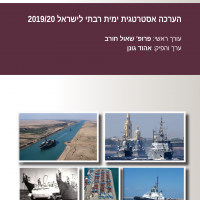
On the 30th of October, 2019, the Ministerial Committee for National Security (the “Security Cabinet”) passed decision 372/b on: “Determining a process and mechanism to examine national security aspects of foreign direct investment”1 (for the full version, see Appendix 1)….
China’s Belt and Road Initiative: Contours, Implications, and Alternatives

This research paper is a product of the research collaboration between the Maritime Policy and Strategy Research Center, Haifa University (HMS), Israel, and the National Maritime Foundation, New Delhi, with the aim of providing policy recommendations to the respective governments of India and Israel. Over the past few years, China’s Belt and Road Initiative (BRI) has generated substantial interest amongst various countries, irrespective of their individual approaches to sustainable growth in their national policies. There is either an increasing keenness to collaborate with China in this initiative or to maintain a guarded and cautious approach. Even the political analysts and policymakers, both admirers and critics, acknowledge that China’s rise and its impact on the world can no longe…
The Incident of the Suez Canal Blockage by the Ever Given Container Ship – The Implications for the Region and for Israel
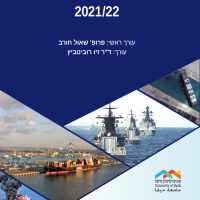
On March 23, 2021, the Ever Given container ship, which was passing northwards through the Suez Canal, ran aground on the banks of the Canal about ten km north of the Port of Suez. The Canal got blocked as a consequence, and shipping through the Canal was stopped in both directions for almost six days….
MARITIME STRATEGIC EVALUATION FOR ISRAEL 2020/21
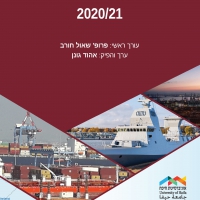
This chapter surveys the main trade routes (both existing and planned) that connect between the Indian Ocean and the Mediterranean. It describes the main overland routes, the ports that they connect to and the political and economic challenges they involve….
Improving maritime awareness in the Indo-Pacific and Eastern Mediterranean regions: Indian and Israeli perspectives
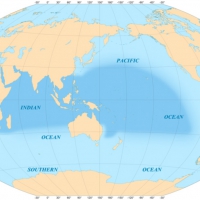
This research work is a product of the research collaboration between the Center for Maritime Policy and Strategy Research, University of Haifa (HMS), Israel, and the National Maritime Foundation, New Delhi, with the aim of providing policy recommendations to the respective governments of India. Israel. With dwindling resources on land, the oceans became the next “stop” for humans to fulfill their needs. Today, the oceans and seas around us are teeming with activity. These activities range from trading, fishing, offshore gas, offshore wind farms, exploration activities for deep seabed mining, marine scientific research, marine solar farms, laying submarine cables, and many other activities, good and offensive. For all these activities to be possible, there is n…
150 years of the Suez Canal – Chinese interests and involvement around the canal
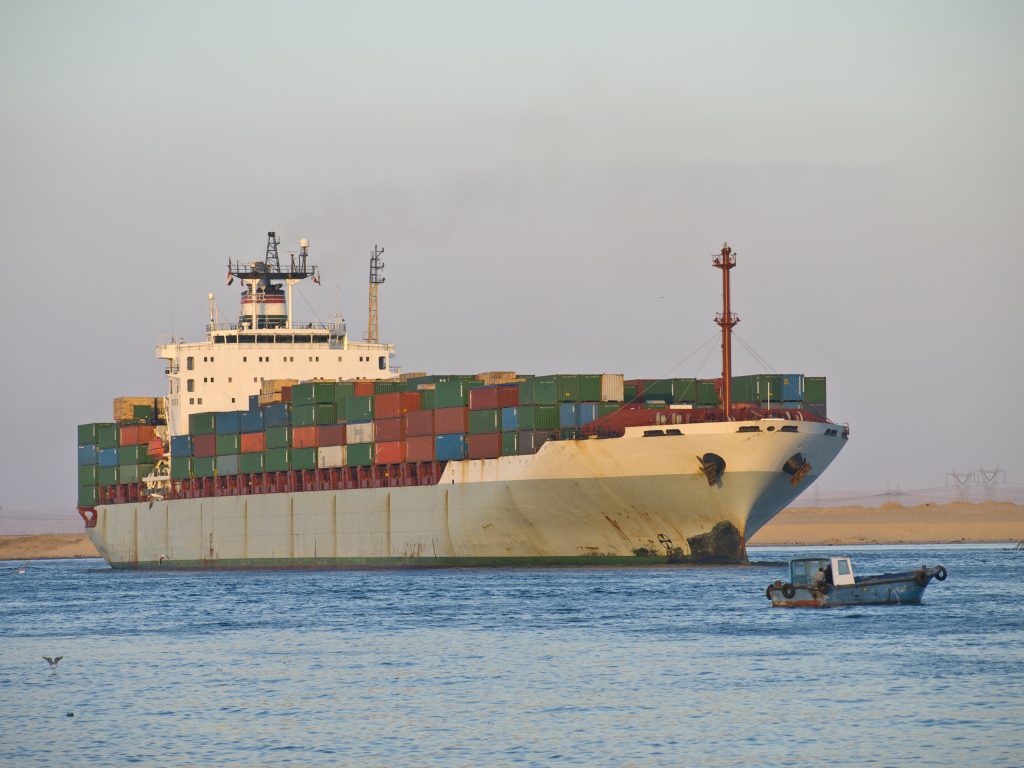
Ehud Gonen August 25, 2022 The relations between China and Egypt since 2011 are fueled by the political and economic developments in both countries. Egypt, after President Abdel Fattah al-Sisi came to power in 2013, is looking for national growth and employment engines to face enormous challenges in the economic and social spheres. The Suez Canal and the extensive activity around the canal, which includes not only the passage of ships, but also logistic services, industry and production, as well as large investments in infrastructure – these were designated by E-Sisi as such engines. On the other hand, China’s Belt and Road Initiative deals with the development of precisely these areas of logistics and infrastructure, and therefore the synergy between Egyptian and Chinese policies in general and in activities related to the Suez Canal in particular is great and has development potential for both sides….
